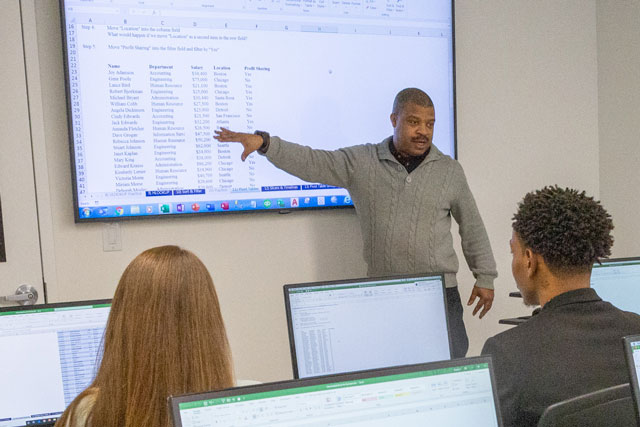Great Introduction to Coding
Python is a programming language that uses the English language, making it very easy to read and understand. It is now the most used language in introductory courses in universities across the globe. However, there is no trade-off between power and ease; Python is one of the most versatile and powerful languages.



























